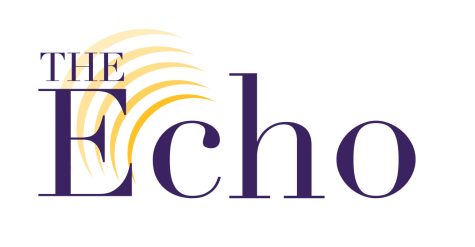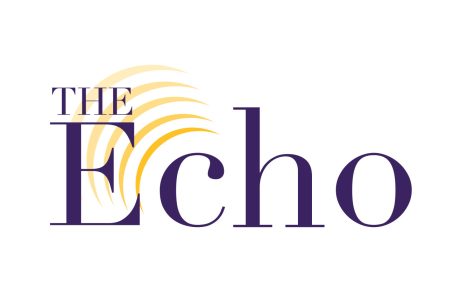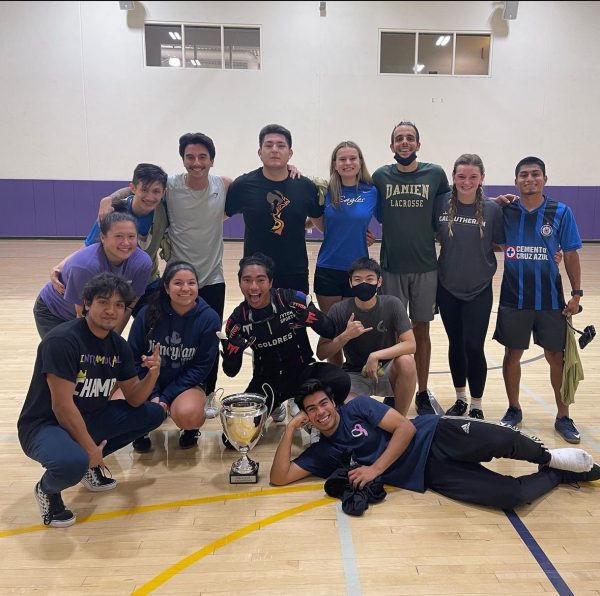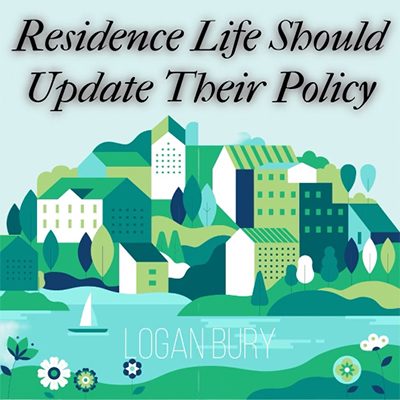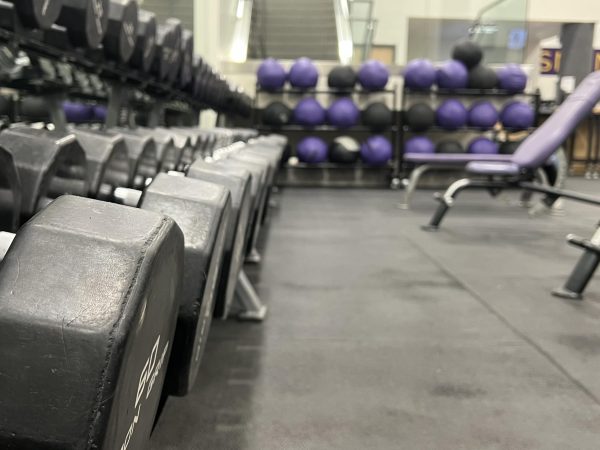CLU isn’t equipped to support students struggling with drug abuse
November 18, 2020
College is where many students are first introduced to a stressful environment coupled with social and personal challenges–it can cause them to start using drugs and alcohol as a way to cope.
Though California Lutheran University is a dry campus, there is more the university could be doing to foster a conversation around substance abuse.
There should be drug prevention programs and support groups available on campus for students who are struggling with drug addiction and abuse.
According to a college prescription drug study conducted by Ohio State University, 65% of college students across the U.S. begin using stimulants in college, while 25% of students began in high school.
The National Institute on Drug Abuse also found the greatest one year increase in the use of nicotine vaping to have occurred amongst college students from 2017 to 2018. There was also an increase in Adderall misuse, with males using more than females.
“We know that the prevalence of drinking, binge drinking, and heavy alcohol use tends to be more common among college students compared to people of the same age not attending college,” said Dr. Beth Turner, director of Counseling and Psychological Services (CAPS), in an email interview.
Turner also said there are over 1,000 deaths each year on college campuses connected to alcohol and the use of alcohol is a driving force behind property damage on campus.
She said students who attend religious schools often drink less than students who attend schools with prominent Greek life and athletics.
“Fortunately we follow these trends, and students seeking services through CAPS report less problems with alcohol/substance use compared to national statistics for college students seeking mental health care,” Turner said.
Though anecdotal evidence does not show a direct need for substance abuse support programs at Cal Lutheran specifically, statistics regarding college students’ substance abuse are alarming.
In Ohio State’s study, 79.2% of all college students admitted to using stimulants like Methamphetamine, Cocaine or Amphetamines for the purpose of helping them focus on studying and improving their grades.
The least colleges can do is meet students halfway by providing outreach programs to support those who may be struggling.
“I believe every university and every college should address substance abuse,” adjunct Criminology and Criminal Justice Professor Michael Webb said in a phone interview.
Webb, who teaches a course on substance abuse at Cal Lutheran, said Red Ribbon week–Oct. 23-31–could be used as an opportunity to educate students on drug prevention.
Webb said there should also be a referral system where these students can have access to a help hotline, support systems and counseling services.
“If they can not get up in the morning, they can’t go to their classes or steal from their parents in order to support their habit, you have a problem then. In my opinion, you have to establish if there is a problem and if students want the help,” Webb said.
He also said just because a college student attends a party with alcohol and drugs does not mean they struggle with substance abuse.
Turner said she believes Cal Lutheran is adequately addressing substance abuse.
“With Wellness Resources and an Alcohol and Other Drug (AOD) Task Force, there is much care and attention paid to this for our community,” Turner said.
CAPS also provides treatment for mild alcohol and substance abuse, while students who need a higher level of treatment can be referred to treatment centers in the community.
Turner also said CAPS hosts an outreach program every spring called “Know Your Limits” focused on providing information about alcohol and substance use.
Though Cal Lutheran offers some resources, there should be further investigation into what Cal Lutheran students may be struggling with and whether we need more support programs on campus.
Some nearby universities, including other small Christian schools, already have resources in place to support students struggling with substance abuse.
California State University, Channel Islands has a resource page that includes links to Alcoholics Anonymous, Marijuana Anonymous, National Institute on Drug Abuse and more.
Pepperdine University features a statement on their alcohol and other drugs website acknowledging the struggle students may be going through with drug addiction, stating, “we also recognize that some students may arrive to campus with a history of using drugs and alcohol and already have dependency issues, including those students who are active in their recovery process.”
Pepperdine’s statement elicits genuine concern for students, and I believe Cal Lutheran is nowhere near achieving this supportive attitude.
I know Cal Lutheran is a dry campus, but that should not serve as an excuse to ignore the issue of substance abuse among college students. Just because the university policy tells students not to doesn’t mean students will abide.
This topic deserves more attention, and Cal Lutheran should openly address this issue and provide some education around alcohol and substance abuse.
If Cal Lutheran were to bring on support groups and resources for students, they’d actually be promoting a conversation around drug prevention and awareness. They can also work on fixing their website to include resources to follow.
Better advertising on-campus resources could make it easier for students who struggle with substance abuse and may be afraid to reach out for help.
A conversation would be more productive than only having disciplinary actions around alcohol and substance abuse.



